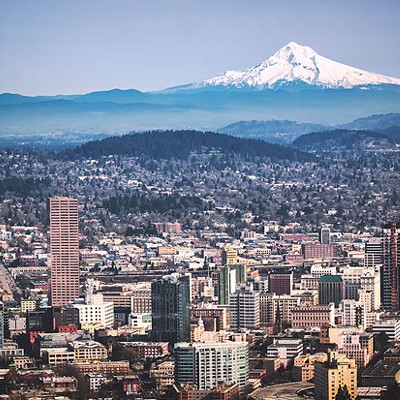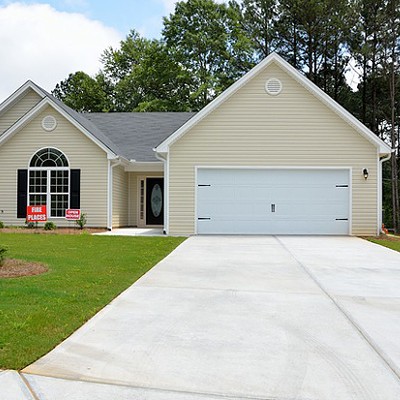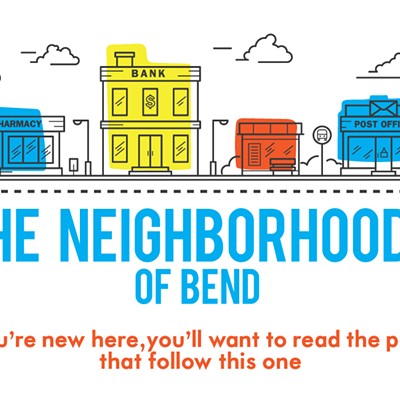Rental vacancy rates are down nationwide, and Bend's market is among the tightest at less than 1 percent, with only about 17 rentals available in Bend at any given time. With vacancies decreasing and populations increasing, the city is scrambling to find short-term solutions, even as it works toward greater efficiency measures (read: infill) in the long-term.
To that end, Affordable Housing Advisory Committee, City Council, and the Planning Commission have each taken steps toward addressing the problem. But a solution still seems a long way off.
"Obviously, this isn't going to save affordable housing," said AHAC Chair Andy High at an Aug. 13 meeting. The housing committee discussed three short-term strategies to increase the availability of rental housing: cottage codes, accessory dwelling units, and density bonuses. While each strategy is at a different stage of development, the committee plans to bring at least one of these proposals to City Council in September.
Cottage Codes would allow for the higher density development of smaller, cottage-like homes. Though these would likely be marketed to homeowners rather than renters, commissioners suggested that by creating a niche for first-time homebuyers and downsizing boomers, the cottage option could take some pressure off the rental market. It's also possible some of these properties could be rented out in the way condos sometime are.
A second approach would involve loosening restrictions on the development of accessory dwelling units (ADUs) such as above garage apartments and mother-in-law units. Currently, property owners are required to spend about $1,500 for a conditional use permit before starting construction on the unit. The proposal would also allow ADUs to have a slightly larger footprint—800 square feet, as opposed to 600 square feet—which would open up the option for two-bedroom units.
The third strategy seeks to incentivize increased density by allowing developers who are willing to create affordable housing to bump up one zone, effectively turning single-family residential into medium density residential and medium density (RM) into high density (RH). While increasing the number of units per acre will add to the total number of available rental units, there is a limited amount of acreage zoned for such developments.
According to City of Bend Senior Planner Damien Syrnyk, multifamily housing can currently only go in RM and RH zones. The RM zone has about 183 vacant acres, while RH has fewer than 22. If every last acre of these zones was developed, it would create about 1,800-5,000 new units, depending on density. While at the upper end, this would double the current number of rental units in Bend, with an annual population growth rate of about 1.5 percent (that's about 1,200 more people in just the next year), it won't be enough to keep pace.
"There's no one solution. It's gonna have to be a combination," City of Bend Affordable Housing Manager Jim Long says. "I can't subsidize enough to keep up with the crisis. We need incentives to get private market involved in doing this."



























